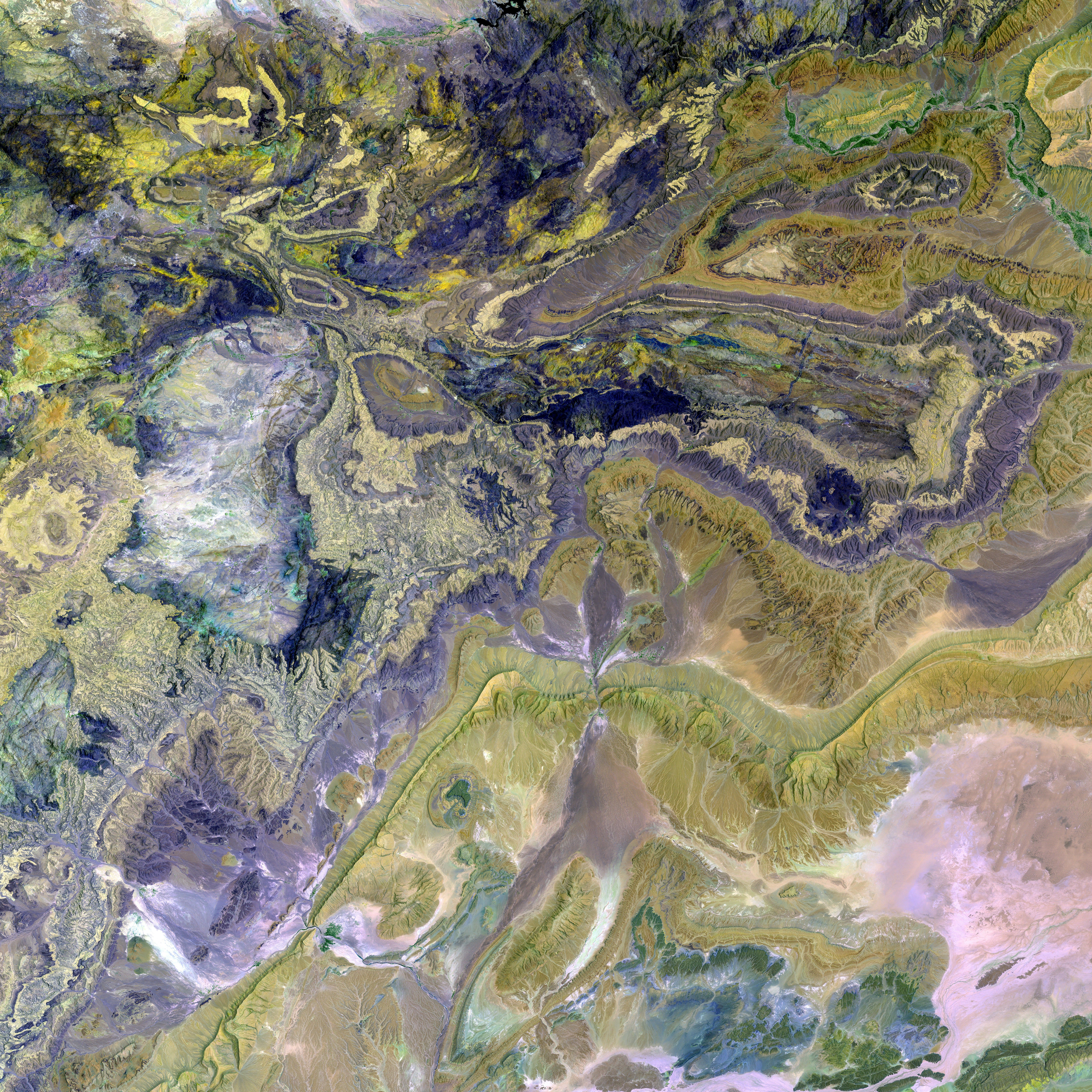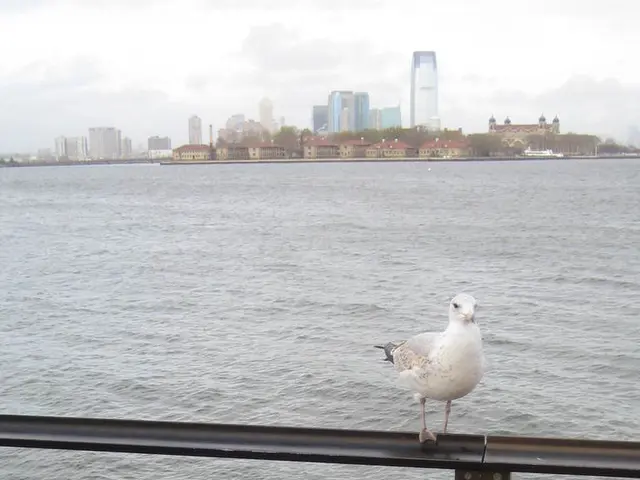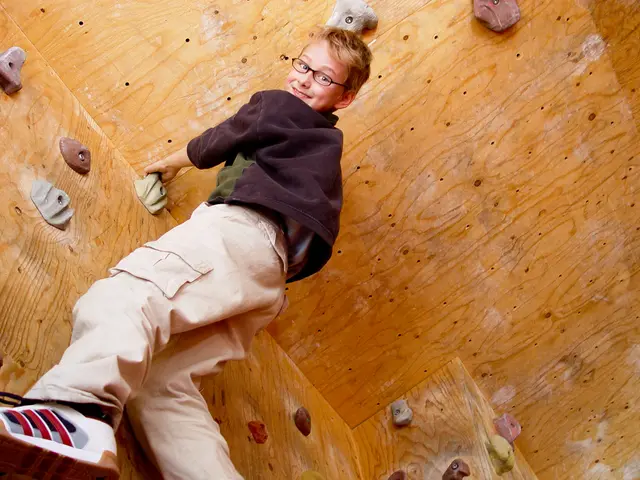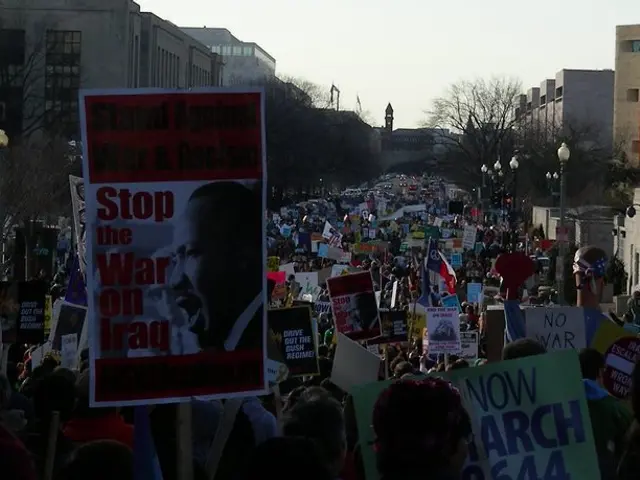Managing Pollen and Topolite Feathers: Medical Recommendations
Persistent High Pollen Levels Pose Health Risks in Russian Cities
Allergy sufferers are enduring the effects of high pollen levels in numerous Russian cities, prompting many to remain indoors to avoid unpleasant symptoms. Unbeknownst to many, these symptoms may be a manifestation of pollen allergies, often mistaken for common colds. Dr. Alexandra Filyeva, an expert at "Gemotest" laboratory, discusses the reasons behind these allergies and offers advice for those affected.
Why Are Allergies to Pollen So Prevalent?
Reactions to plant pollen, including birch pollen, are known as pollenosis. Dr. Filyeva explains that this is one of the most common allergic diseases, affecting approximately one in three people worldwide during flowering seasons. In Russia, pollen allergies affect 26% of the population, with city dwellers experiencing allergy symptoms 4-6 times more frequently than rural residents.
"Pollenosis occurs when the immune system overreacts to specific proteins found in pollen from flowering plants," explains Alexandra Filyeva. Symptoms range from mild nasal congestion and sneezing to severe manifestations such as difficulty breathing, facial swelling, and mouth mucosa swelling.
Distinguishing Allergies from Other Illnesses
Since symptoms of allergies resemble those of the common cold, many find it challenging to distinguish between the two, particularly when developing pollenosis in adulthood. However, there are several indicators that can help differentiate allergies from other illnesses: notable itching in the eyes and nose, watery nasal discharge, and the absence of fever.
These symptoms suggest an allergy and it's crucial for people to accurately diagnose pollenosis to avoid self-medicating for a non-existent cold, especially parents who might mistake allergies for a common cold. Ignoring allergies can lead to severe consequences.
When Is the Worst Time for Pollen Allergies?
Pollenosis coincides with the flowering period of plants. The following periods are when pollen allergies usually occur:- April to May: Tree and shrub pollen cause allergies.- June to July: Grass pollen, including birch pollen, is the culprit.- August to September: Weed pollen triggers allergies.
Weather conditions also play a significant role in allergy sufferers' well-being. Warm, wet weather reduces pollen concentration in the air, while dry and windy conditions contribute to increased amounts of pollen in the atmosphere, worsening allergy symptoms.
What Are the Consequences of Untreated Pollen Allergies?
It's a misconception to believe that allergies are merely nasal itching and runny nose. Untreated allergies can significantly worsen, even leading to death. For individuals with a predisposition to asthma or other respiratory diseases, allergies can trigger exacerbations and lead to serious complications, including anaphylaxis—a life-threatening condition requiring immediate medical attention.
If an allergic person experiences sudden illness, they should contact emergency services. While waiting for help, try to protect them from the allergen: wash their face, change their clothes, find fresh air, and administer an antihistamine.
Handling Pollen Allergies During Flowering Season
Avoiding pollen and dust during flowering season is virtually impossible, but here are some tips to help cope with allergies:- Monitor pollen forecasts: Stay informed about daily pollen levels via weather apps or local health resources to plan outdoor activities accordingly.- Limit outdoor exposure: Try to stay indoors on high-pollen days, especially during the morning and early evening.- Keep windows closed: Close windows at home and in vehicles to minimize pollen exposure.- Use air purifiers: Consider using air purifiers equipped with HEPA filters to help remove pollen from indoor air.- Shower and change clothes: After being outside, shower and change clothes to remove pollen particles.
Can Pollen Allergies Be Cured?
Although it's impossible to be completely cured from allergies, there are forms of therapy that can help reduce the body's reaction to allergens. A medical professional may prescribe antihistamines to alleviate symptoms and decongestants for nasal congestion. During remission, one may undergo specific allergen immunotherapy, a treatment that introduces the body to small doses of the allergen, helping it adapt and prevent future rejection reactions.
Sources:- [1] World Health Organization. (2017). Allergic Rhinitis and its Impact on Asthma (ARIA) 2008 update summary and rationale. Retrieved from https://www.who.int/publications/i/item/9789241509320- [2] American College of Allergy, Asthma, and Immunology. (2021). Hay fever (allergic rhinitis) symptoms and treatment. Retrieved from https://acaai.org/allergies/ seasonal-allergies/hay-fever-symptoms-and-treatment- [3] Asthma and Allergy Foundation of America. (2021). Pollen allergy. Retrieved from https://www.aaaai.org/conditions-and-treatments/allergies/pollen-allergy- [4] National Health Service. (2021). Hay fever: symptoms, treatments, and self-help. Retrieved from https://www.nhs.uk/conditions/hay-fever/- [5] Mayo Clinic. (2019). Hay fever: Diagnosis and treatment. Retrieved from https://www.mayoclinic.org/diseases-conditions/hay-fever/ diagnosis-and-treatment/drc-20370754
- In the realm of environmental science, the impact of climate change on health and wellness is becoming increasingly evident, with high pollen levels in Russian cities posing significant health risks.
- Fitness and exercise, an essential component of workplace wellness, can help strengthen the immune system, potentially reducing the severity of pollen allergy symptoms.
- Chronic diseases, such as asthma and other respiratory conditions, can be exacerbated by pollen allergies, emphasizing the importance of personal health management in such cases.
- Medical conditions like pollen allergies underscore the significance of data and cloud computing in healthcare, enabling accurate forecasting and management of these conditions.
- Mental health is another critical aspect of health and wellness, with lifestyle factors like nutrition, skin care, and relationships playing a crucial role in maintaining mental well-being for those suffering from pollen allergies.
- Nutrition, in particular, is essential in boosting the immune system, helping individuals manage pollen allergies more effectively.
- Home and garden maintenance also plays a role in managing pollen allergies, as certain plants may increase pollen levels, while others can help reduce them.
- Finance and personal finance become significant factors when considering therapies and treatments for pollen allergies, as these can have associated costs.
- Businesses, when considering workplace wellness, may also prioritize air purifiers equipped with HEPA filters and flexible work-from-home policies during high pollen seasons.
- With the rise of work-from-home cultures, telecommunication technology becomes essential for remote communication and mental health support during pollen seasons.
- In soccer, basketball, and other sports, athletes may face unique challenges due to pollen allergies, requiring specific management strategies.
- The sports betting industry may witness fluctuations during high pollen seasons, as pollen allergies could potentially affect the performance of athletes.
- For travelers, monitoring daily pollen levels becomes an essential part of travel planning to mitigate the impact of pollen allergies.
- Shopping for allergy-friendly products, such as air purifiers or hypoallergenic fabrics, can support the daily management of pollen allergies, improving overall quality of life.
- As technology advances, environmental science enthusiasts and researchers alike are exploring new solutions to combat high pollen levels, contributing to a cleaner and healthier environment for all.








